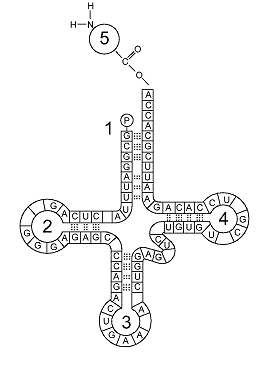Although they do not possess the nervous and muscular systems animals do, plants are able to physically respond to their environments. Evaluate and support this statement
What will be an ideal response?
Like fungi, plants can make a physical response to their environment through growth rather than movement. Gravitropism allows plants to seemingly reshape themselves in response to the direction of the pull of gravity, even though the reshaping is regulated simply by faster growth on one side of a shoot or root. Phototropism allows plants to seemingly reshape themselves in response to the direction of a source of sunlight, even though the reshaping is regulated simply through faster growth on the side of a shoot on the opposite side of the stem. And thigmotropism follows the same pattern as above, with hormone molecules stimulating growth on the side of a shoot or tendril opposite from the side in contact with an object.
You might also like to view...
What functional group (or groups) of microbes would be most useful in a microbial fuel cell in which electrons are transferred to and from solid metal electrodes? Why?
What will be an ideal response?
The nuclear envelope is a single lipid layer.
Answer the following statement true (T) or false (F)
Ribosomal subunits
a. come together in threes to form functional units. b. are composed of mRNA and structural proteins. c. are synthesized in the cytoplasm. d. converge with tRNA when mRNA is to be translated. e. are transcribed from the complementary strand of DNA that is used for tRNA transcription.
Refer to the accompanying figure. The portion of the molecule labeled as 5 is:
a. the attached amino acid.
b. a double-stranded DNA region.
c. a single-stranded DNA region.
d. the anticodon.
e. the codon.